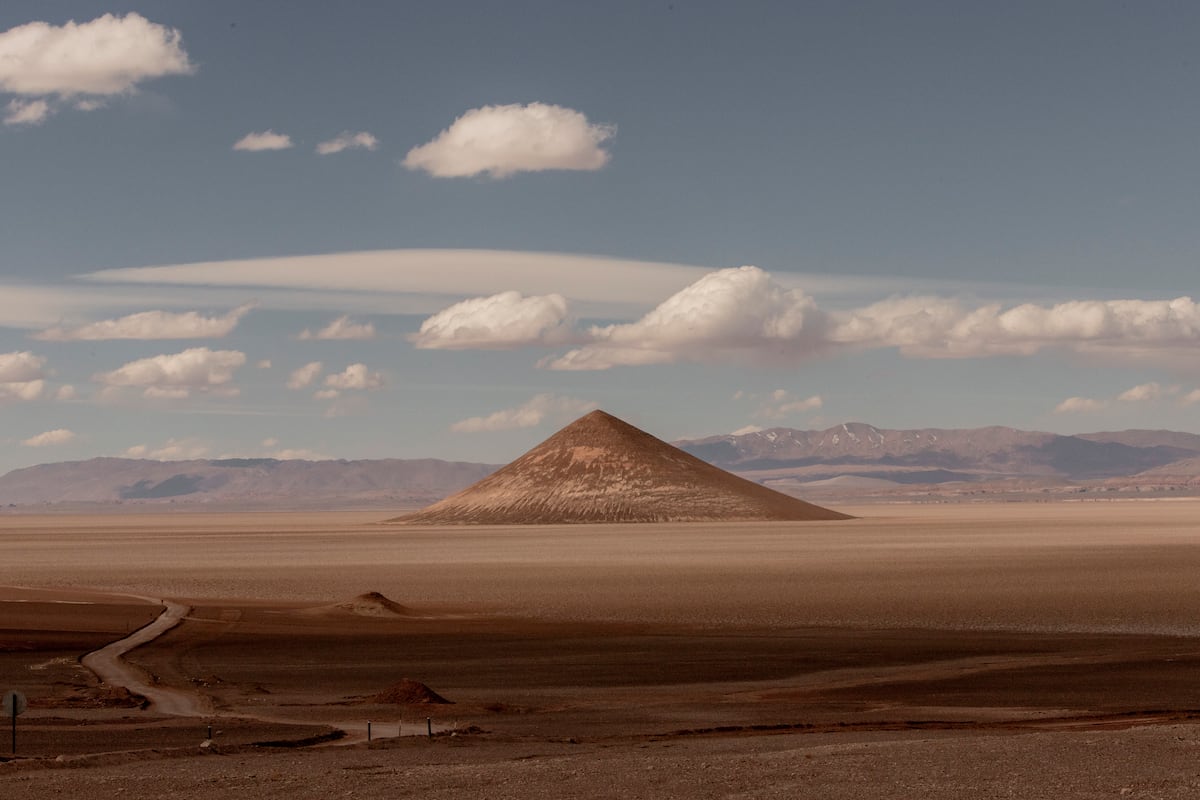…
Nearly untouched for millions of years, the salt flats of the inhospitable Puna plateaus are being transformed into a dynamic center of lithium production, bringing with them both economic opportunities and concerns about environmental damage. North of the ruins of Mina La Casualidad, several heavy-duty trucks cross the mountains towards the Mariana mine, a large lithium project under construction, operated by the Chinese company Ganfeng, one of the largest producers of lithium in the world.
The mine is one of the five projects that the lithium giant is carrying out in Argentina, a country that has become the scene of a strategic rivalry between China and the United States, where both seek to obtain the necessary supplies for the manufacture of batteries.
Argentina, the fourth largest lithium producer in the world, holds a fifth of the world’s reserves. It is the second largest deposit on the planet. As the country’s production soars, both Beijing and Washington want to take a piece of Argentina’s “white gold.”
China, the main producer of lithium batteries and the country that refines the most lithium in the world, has a clear advantage when it comes to investing in Argentina’s nascent industry. But the U.S., which is seeking to develop its own clean technology production chains outside of Chinese control, is trying to counter Beijing’s growing influence in South America with new investments.



In some applications sure, but Lithium batteries are denser. Lipo in particular has no substitute yet.